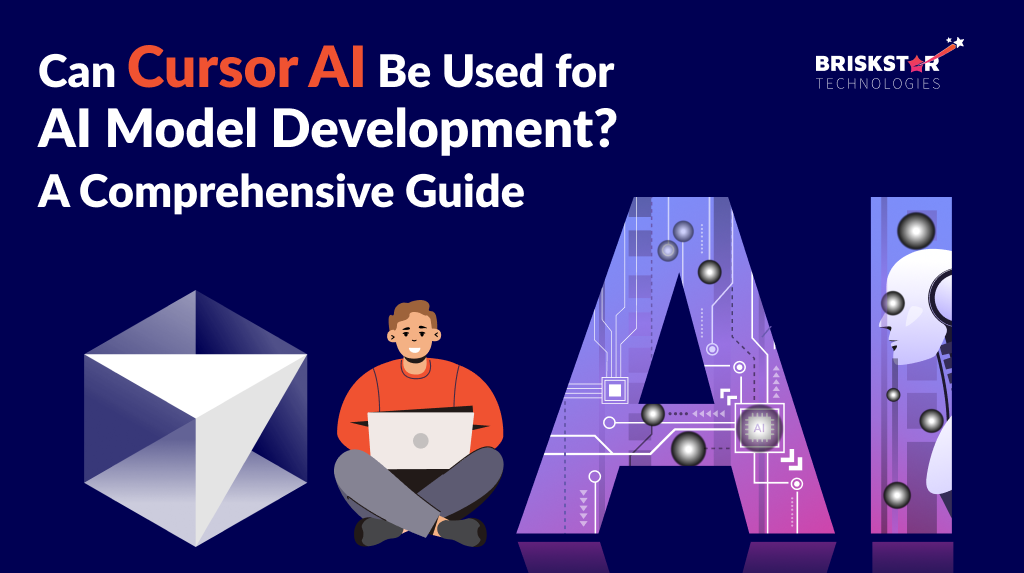Angular or React.js Which Is Better Know the Differences
There are so many talks between Angular and React.js frameworks that we have to use or we can use another one. What will be the best choice moving further Angular or React.js.
There is very limited comparison between these 2 frameworks because one is library which deals with views whereas other one is complete framework.
If you check state management concepts, Angular is easy with data-binding bundled and React works with immutable data. There are many features which are in build available in Angular package which are not in React.js. Few of them are, Dependency Injection (DI), Routing based on component, CSS scope, Form validations, Material design components which are available in Angular. In React, we have to use library for these features.
Angular:
Angular 2+ marks a turning point in the history of the Angular framework. Starting as a solid Backbone competitor, AngularJS (read: Angular 1.x versions) nearly became obsolete when React came out. (Angular 1.x versions are still in demand, however, as many current projects rely on it and the shift to Angular 2+ will take several years.) Angular has substantially changed its architecture to come to terms with React. So what does Angular offer now?
One notable change in Angular is from a Model-View-Whatever (read: some form of MVC) architecture to a component-based architecture. Angular has become very modular. If previously you could insert a link to the AngularJS library in the main HTML file, now you can install separate modules. You can easily shy away from installing some Angular modules, for example @angular/forms or @angular/http, if you don’t need them. This Angular flexibility is commendable.
The bottom line: Comparing Angular2+ with React is questionable as Angular is a complete framework with all the tools a modern JavaScript developer needs. Angular 2+ hasn’t yet reached the popularity level of its little brother, but it will get more support from Google in the near future. Choose Angular if you don’t like to constantly choose among additional libraries as with React.
React:
React stormed the JS world several years ago to become its definite leader. React encourages you to use a reactive approach and a functional programming paradigm. React also introduced many of its own concepts to define its unique (at the time it was created) approach to frontend web development. To use React, you’ll have to master a component-based architecture, JSX, and unidirectional data flow. The unidirectional data flow is implemented by Flux.
React-based applications are divided into multiple components. A single component file contains both business logic and HTML mark-up (which is actually a JSX mark-up that’s transformed into JavaScript functions). For communication between components, you can use either Flux or a similar JS library. React also introduced special objects – state and props. Using the state and props objects, you can simply pass data from a component to the layout (using the state object) or from a parent component to a child component (using the props object).
The bottom line: React is one of the most used JavaScript frameworks. Although we acknowledge the huge hype around React, we genuinely think that React can be your first choice for creating an advanced user interface. Don’t be afraid to choose from plenty of React tools.
Some of really good comparisons are in below reference link:
Our team at Briskstar can provide you right solutions.
Tags :
Angular vs React
React vs Angular
![circle-shapes]()












